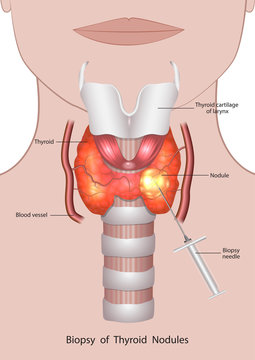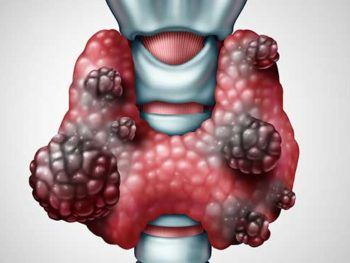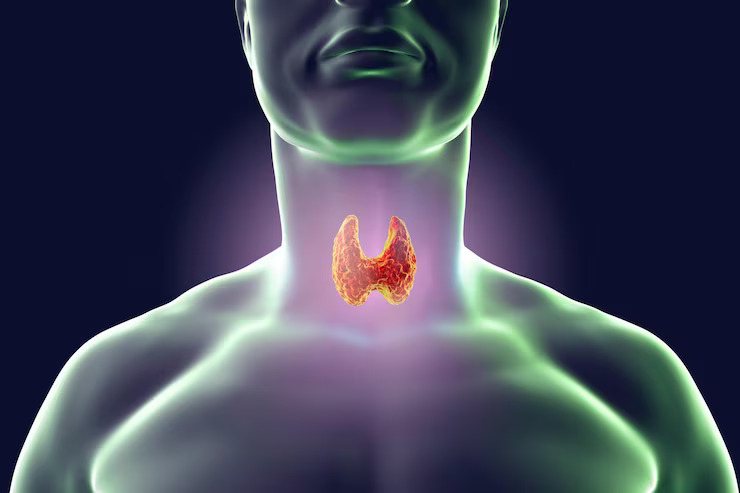Thyroid Nodule Size And Growth Patterns: Implications For Management
Thyroid nodules are common findings, with a prevalence of up to 68% in certain populations, though the vast majority are benign. However, understanding the size and growth patterns of thyroid nodules is crucial in determining the risk of malignancy and guiding management decisions. This article explores the significance of thyroid nodule size and growth patterns, their implications for patient management, and the strategies employed in clinical practice.
Understanding Thyroid Nodule Size and Growth Patterns
Thyroid nodules can vary significantly in size, ranging from a few millimeters to several centimeters in diameter. The growth of these nodules may follow different patterns, including stable size, gradual enlargement, or rapid expansion. While many nodules remain asymptomatic and indolent, others may exhibit features suggestive of malignancy, such as rapid growth or irregular margins.
Implications for Management
Risk Stratification:
Thyroid nodules are commonly evaluated using ultrasound imaging, which provides detailed information about size, shape, echogenicity, and vascularity. Nodule size is a critical factor in risk stratification, with larger nodules generally associated with a higher risk of malignancy. Guidelines often categorize nodules based on size thresholds, with those greater than 1 cm considered for further evaluation and potential biopsy. Additionally, the growth rate of nodules over time may provide additional insight into their malignant potential.
Diagnostic Workup:
The size and growth pattern of thyroid nodules influence the selection of diagnostic tests and the need for tissue sampling. Fine needle aspiration biopsy (FNAB) is commonly recommended for nodules larger than 1 cm or those exhibiting concerning features on imaging, such as microcalcifications or irregular margins. In cases of rapidly enlarging nodules or suspicious growth patterns, more aggressive diagnostic measures, such as repeat biopsies or molecular testing, may be warranted to rule out malignancy.
Surveillance Strategies:
For thyroid nodules deemed low risk based on size and imaging characteristics, observation with periodic surveillance may be appropriate. Serial ultrasound examinations allow clinicians to monitor changes in nodule size and growth over time, identifying any concerning features that may warrant intervention. In cases of stable or slow-growing nodules, surveillance intervals may be extended, while rapid growth or new concerning findings may prompt expedited evaluation and intervention.
Treatment Decisions:
The size and growth pattern of thyroid nodules plays a crucial role in determining the need for intervention and the choice of treatment modality. Surgical resection, typically in the form of thyroid lobectomy or total thyroidectomy, is indicated for nodules with high suspicion of malignancy, large size, compressive symptoms, or cosmetic concerns. Minimally invasive techniques, such as radiofrequency ablation or ethanol injection, may be considered for selected cases, particularly for small, symptomatic nodules or those at high surgical risk.
Prognostic Considerations:
The growth patterns of thyroid nodules may provide valuable prognostic information regarding their biological behavior and risk of malignancy. Rapidly growing nodules or those exhibiting aggressive features on imaging are more likely to harbor malignancy and may necessitate more aggressive management strategies. Conversely, stable or slow-growing nodules may have a lower risk of malignancy and may be suitable for conservative management with surveillance.
Conclusion
Thyroid nodules are common findings that require careful evaluation and management to assess the risk of malignancy and determine the appropriate course of action. Understanding the size and growth patterns of thyroid nodules is essential in risk stratification, diagnostic workup, surveillance strategies, treatment decisions, and prognostic considerations. By incorporating these factors into clinical practice, healthcare providers can optimize patient care and outcomes in the management of thyroid nodules.








